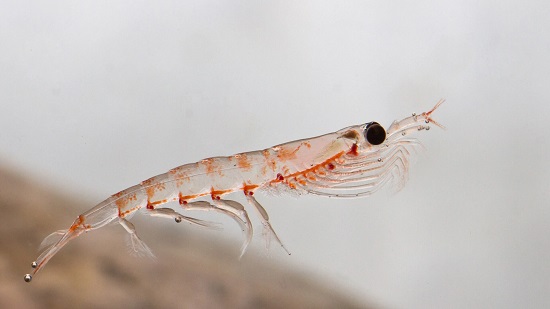 Saturday, April 27, 2024
Saturday, April 27, 2024  Saturday, April 27, 2024
Saturday, April 27, 2024 
Krill’s color-changing technique may be the secret to keeping buildings cool and saving energy during warm weather.
Krill are small crustaceans near the bottom of the aquatic food chain that are frequently eaten by whales, seabirds, and other fish. Though tiny, these crustaceans are sophisticated creatures with a natural process that could be integral to improving buildings’ energy efficiency.
Researchers from the University of Toronto published a paper in Nature Communications that proposes adapting krill’s color-changing phenomena into a synthetic product that would protect building exteriors from heat. If successful, this technique could decrease our reliance on heating and cooling systems that use harmful energy sources.
Antarctic krill have pigments in their skin that shield them from the sun. When exposed to too much sunlight, krill change color from white to orange using bundles of pigment stored throughout their skin. These pigments act as curtains to protect krill from UV rays.
Researchers want to apply this shading technique to skyscrapers by filling windows with two kinds of liquid, one that will absorb sun rays and another that enables light to shine through. Dispersing pigmented liquid through windows could block sunlight and keep buildings cool.
Scientists believe that by altering the flow of these liquids, they can adjust the shape of the shade and decrease glare. They predict this krill cooling technique can decrease energy consumption by more than 30%.
Keep reading on thecooldown.com